Home>Furniture>Living Room Furniture>How High Should A Floating TV Stand Be
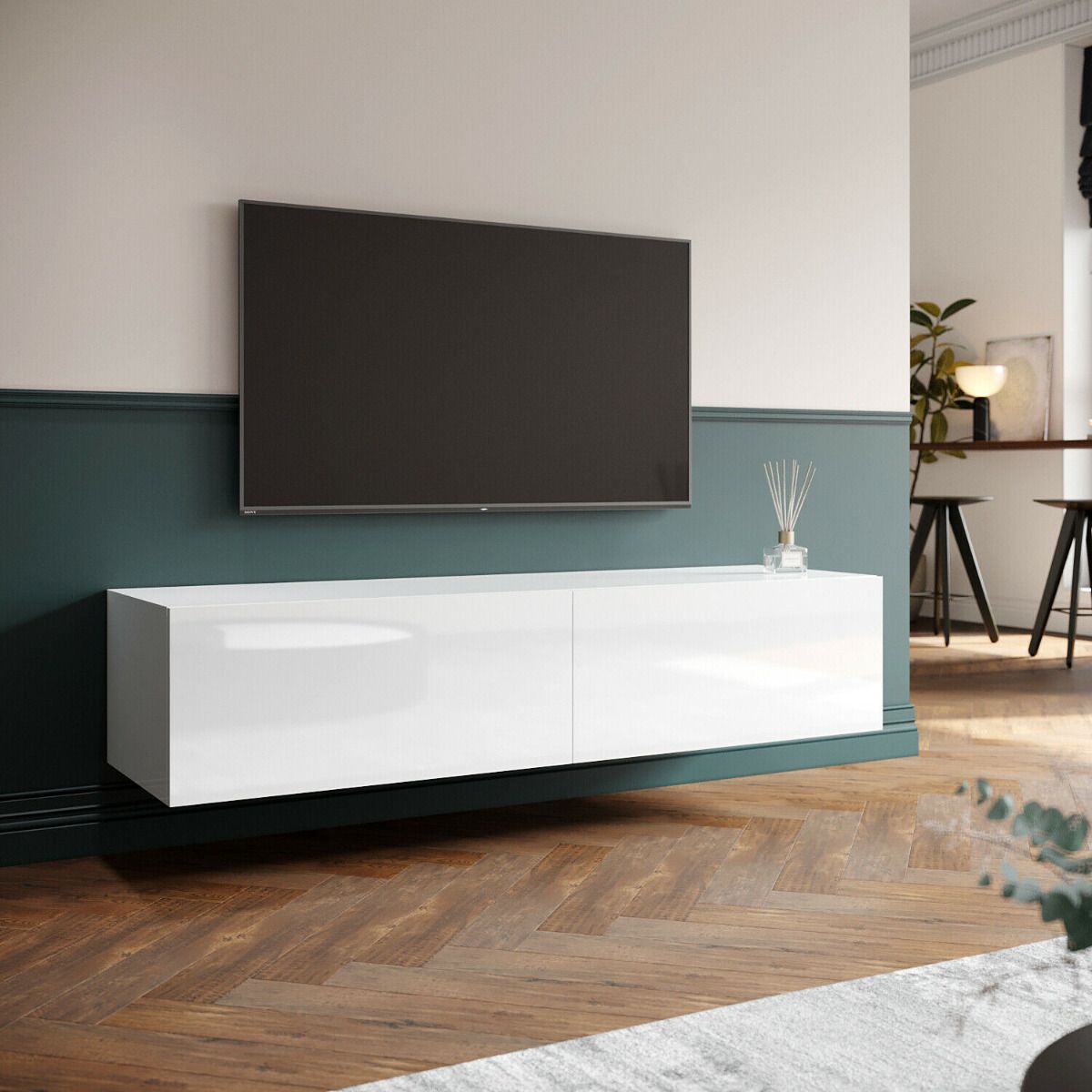

Living Room Furniture
How High Should A Floating TV Stand Be
Modified: May 6, 2024
Discover the perfect height for a floating TV stand in your living room. Browse our selection of stylish and practical living room furniture to find the ideal fit for your space.
(Many of the links in this article redirect to a specific reviewed product. Your purchase of these products through affiliate links helps to generate commission for Storables.com, at no extra cost. Learn more)
Introduction
Choosing the right height for a floating TV stand is crucial to ensure optimal viewing comfort and enhance the overall aesthetics of your living room. When it comes to creating the perfect setup, there are various factors to consider, including the size of your TV, the distance from the seating area, and the ergonomic principles that promote comfortable viewing angles.
In this article, we will delve into the key considerations for determining the height of a floating TV stand and provide some recommendations to help you achieve the best viewing experience.
Style and functionality are important when selecting a floating TV stand, but the height is equally significant in maintaining a comfortable and immersive entertainment space. So, let’s explore the factors that should guide your decision-making process.
Key Takeaways:
- Find the perfect height for your floating TV stand by considering TV size, seating arrangement, and ergonomic principles. Create a comfortable and stylish viewing experience for everyone in the room.
- Measure and install your floating TV stand with precision to ensure a secure and visually appealing setup. Prioritize comfort and aesthetics for an enjoyable entertainment space.
Read more: How To Mount A Floating TV Stand
Factors to consider when determining the height of a floating TV stand
When it comes to determining the ideal height for your floating TV stand, there are several factors to take into account. Let’s explore these factors in more detail:
- TV size: The size of your TV plays a significant role in determining the appropriate height for your floating TV stand. As a general guideline, the center of the TV screen should be at eye level when you are seated. This ensures a comfortable viewing experience without straining your neck or eyes.
- Seating arrangement: Consider the arrangement of your seating area when deciding on the height of your TV stand. If you have a sofa or chairs in the room, you’ll want to ensure that the TV is positioned at a height that allows for a clear line of sight from all seating positions. This way, everyone can enjoy an unobstructed view of the screen.
- Eye level: It’s important to find a balance between having the TV positioned too high or too low. The ideal height is where the center of the screen aligns with your natural eye level when you are seated. This reduces the strain on your neck and provides a more comfortable viewing experience.
- Room layout: Take into consideration the overall layout and design of your living room. Determine if the TV stand will be the focal point of the room or if it needs to fit seamlessly into the existing decor. Depending on the aesthetics you wish to achieve, you can adjust the height accordingly.
- Other furniture: If you have other furniture pieces, such as a soundbar or media console, make sure to account for their height as well. You want to ensure that the TV stand is positioned at a height that allows for proper alignment and a visually balanced setup.
By considering these factors, you can determine the optimal height for your floating TV stand that takes into account both functionality and aesthetics. Next, we’ll discuss the recommended height for an optimal viewing experience.
Recommended height for optimal viewing experience
For the best viewing experience, it is generally recommended to position the center of your TV screen at eye level when you are seated. This helps to reduce strain on your neck and provides a more comfortable viewing angle. However, the specific height may vary depending on your personal preferences and the size of your TV.
As a general guideline, here are some recommended height ranges based on TV size:
- For a smaller TV (up to 40 inches), the center of the screen should be positioned at eye level when you are seated on a standard sofa or chair.
- For a medium-sized TV (40 to 55 inches), the center of the screen can be positioned slightly above eye level, around 5 to 15 degrees upward tilt, to create a more immersive viewing experience.
- For a larger TV (55 inches and above), the center of the screen can be positioned at eye level or slightly below, around 5 to 15 degrees downward tilt. This allows for a more relaxed viewing experience, especially when watching for extended periods.
Keep in mind that these are general recommendations, and it’s important to adjust the height based on your own comfort and preferences. You may also want to take into consideration the average eye level of the people in your household, as well as any potential seating arrangements or furniture placement that could impact the viewing experience.
Ultimately, the goal is to find a height that allows for a visually pleasing setup while maintaining ergonomic considerations for comfortable viewing. Now, let’s explore some additional ergonomic principles to help guide your decision.
Ergonomic considerations for the ideal TV height
When determining the ideal TV height for your floating TV stand, it’s essential to prioritize ergonomic considerations. By adhering to these principles, you can enhance your viewing experience and reduce the risk of discomfort or strain. Here are some ergonomic factors to keep in mind:
- Eye level alignment: Positioning the center of the TV screen at or slightly below eye level creates a more comfortable viewing angle. This helps to alleviate strain on your neck and prevents you from having to tilt your head upward for extended periods. Avoid positioning the TV too high, as this can cause neck and shoulder discomfort.
- Distance from the screen: The distance between your seating area and the TV is another crucial consideration. The ideal viewing distance is typically around 1.5 to 2.5 times the diagonal screen size. This helps prevent eye fatigue and allows you to fully appreciate the details on the screen without feeling overwhelmed or strained.
- Avoiding glare: Glare from windows, lighting fixtures, or other reflective surfaces can hinder your viewing experience. Position your TV stand in such a way that minimizes glare on the screen. Consider using curtains, blinds, or adjustable lighting to control the amount of natural and artificial light in the room.
- Neck and back support: Your seating position and the height of your TV should work together to promote good posture and provide adequate support for your neck and back. Ensure that your seating arrangement allows for proper alignment of your head, neck, and spine. Consider using supportive cushions or an ergonomically designed chair to maintain a comfortable and healthy posture.
- Flexibility: If possible, choose a floating TV stand that allows for height adjustment. This gives you the flexibility to fine-tune the height according to different viewing preferences or seating arrangements. An adjustable height feature also ensures that your TV stand can accommodate future changes in furniture or room layout.
By considering these ergonomic factors, you can create a TV setup that promotes comfort, reduces strain, and enhances your overall viewing experience. Now, let’s discuss how to adjust the TV height for different seating arrangements.
A floating TV stand should be mounted at eye level when seated, typically around 42-48 inches from the floor. This ensures comfortable viewing without straining the neck.
Adjusting the TV height for different seating arrangements
When setting up your floating TV stand, it’s important to consider the different seating arrangements in your living room. By adjusting the TV height accordingly, you can ensure that everyone in the room has an optimal viewing experience. Here are some tips for adjusting the TV height for various seating arrangements:
- Sofa or sectional: If you have a sofa or sectional in your living room, position the TV so that it is at eye level when you are seated on the sofa. This ensures that the people sitting on the sofa have a clear and comfortable view of the screen without straining their necks.
- Armchairs or recliners: For seating options like armchairs or recliners, adjust the TV height to align with the eye level of those sitting in these chairs. This may require slightly lower or higher positioning of the TV compared to when watching from a sofa.
- Multiple seating areas: If your living room has multiple seating areas, such as a combination of a sofa and individual chairs, consider positioning the TV at a height that allows for a clear line of sight from all seating positions. This may require finding a compromise in terms of the TV height that works well for everyone.
- Standing viewers: Take into account any standing viewers, such as guests or family members who may prefer to watch while standing or walking around. Ensure that the TV is positioned at a height that allows for comfortable viewing for both seated and standing viewers.
Remember, the goal is to provide an enjoyable and immersive viewing experience for everyone in the room, regardless of their seating position. By carefully adjusting the TV height to accommodate different seating arrangements, you can create a well-balanced entertainment space.
Next, let’s explore some practical tips for measuring and installing a floating TV stand at the correct height.
Read more: How Big Should A TV Stand Be
Tips for measuring and installing a floating TV stand at the correct height
Installing a floating TV stand at the correct height requires careful measurement and precise installation. Here are some helpful tips to ensure you get it right:
- Measure the height of your TV: Measure the height of your TV, including the stand if it’s not a wall-mounted unit. This will give you an idea of how much space needs to be accommodated on the floating TV stand.
- Mark the desired height: Use a measuring tape and a pencil to mark the desired height on the wall where you want to install the floating TV stand. Make sure it aligns with the various factors discussed earlier, such as eye level and seating arrangements.
- Find studs or use wall anchors: Determine if there are wall studs in the area where you want to install the TV stand. If studs are present, use suitable screws to secure the TV stand to the wall. If there are no studs, consider using wall anchors to ensure stability and prevent accidents.
- Level the TV stand: Use a level tool to ensure that the TV stand is perfectly horizontal. This is important for both aesthetics and the stability of the installation. Make any necessary adjustments to ensure a level position.
- Secure cables and cords: Before mounting the TV on the stand, make sure to secure any cables and cords to prevent them from tangling or creating a messy appearance. This can be done using cable clips or adhesive cable management solutions.
- Double-check the height: Once the TV stand is securely installed, double-check the height to ensure it aligns with your desired viewing experience. Sit in your usual seating position and ensure that the center of the TV screen is at or slightly below your eye level.
- Consider professional installation: If you’re unsure about measuring and installing the floating TV stand yourself, consider hiring a professional to do the job. They have the expertise and tools to ensure a secure and precise installation.
By following these tips, you can confidently measure and install your floating TV stand at the correct height, creating a visually appealing and comfortable viewing setup in your living room.
Now, let’s wrap up our discussion.
Conclusion
Choosing the right height for your floating TV stand is an important consideration when designing your living room. By taking into account factors such as TV size, seating arrangements, and ergonomic principles, you can create an optimal viewing experience and a stylish entertainment space.
Recommended height guidelines suggest placing the center of the TV screen at or slightly below eye level, considering the size of your TV. This promotes comfortable viewing angles and reduces strain on the neck.
Ergonomic considerations, such as eye level alignment, viewing distance, and glare reduction, further enhance the overall viewing experience. By prioritizing ergonomics, you can create a space that prioritizes comfort and reduces the risk of discomfort or fatigue.
Adjusting the TV height for different seating arrangements ensures that every viewer in the room can enjoy an unobstructed view. Whether you have a sofa, armchairs, or multiple seating areas, finding a balance that suits everyone’s needs is key.
Measuring and installing your floating TV stand at the correct height requires careful planning and attention to detail. Proper measurement, marking, leveling, and securing of cables and cords are essential for a secure and aesthetically pleasing installation.
If you’re unsure about the installation process, don’t hesitate to seek professional help to ensure a safe and precise installation.
In conclusion, finding the perfect height for your floating TV stand involves a thoughtful consideration of factors such as TV size, seating arrangement, ergonomics, and personal preferences. By taking these factors into account and following the recommended guidelines, you can create an immersive and comfortable viewing experience that elevates your living room’s aesthetic appeal.
So, go ahead and make the most of your living room space by finding the ideal height for your floating TV stand. Sit back, relax, and enjoy your favorite shows and movies with optimal comfort and style.
Now that you're savvy about setting up your TV at just the right height with our floating TV stand guide, why not give your living room a style boost? If you're drawn to sleek, timeless designs, our next read on sourcing modern furniture will surely pique your interest. Discover where style meets quality and transform your space into a mid-century modern haven.
Frequently Asked Questions about How High Should A Floating TV Stand Be
Was this page helpful?
At Storables.com, we guarantee accurate and reliable information. Our content, validated by Expert Board Contributors, is crafted following stringent Editorial Policies. We're committed to providing you with well-researched, expert-backed insights for all your informational needs.
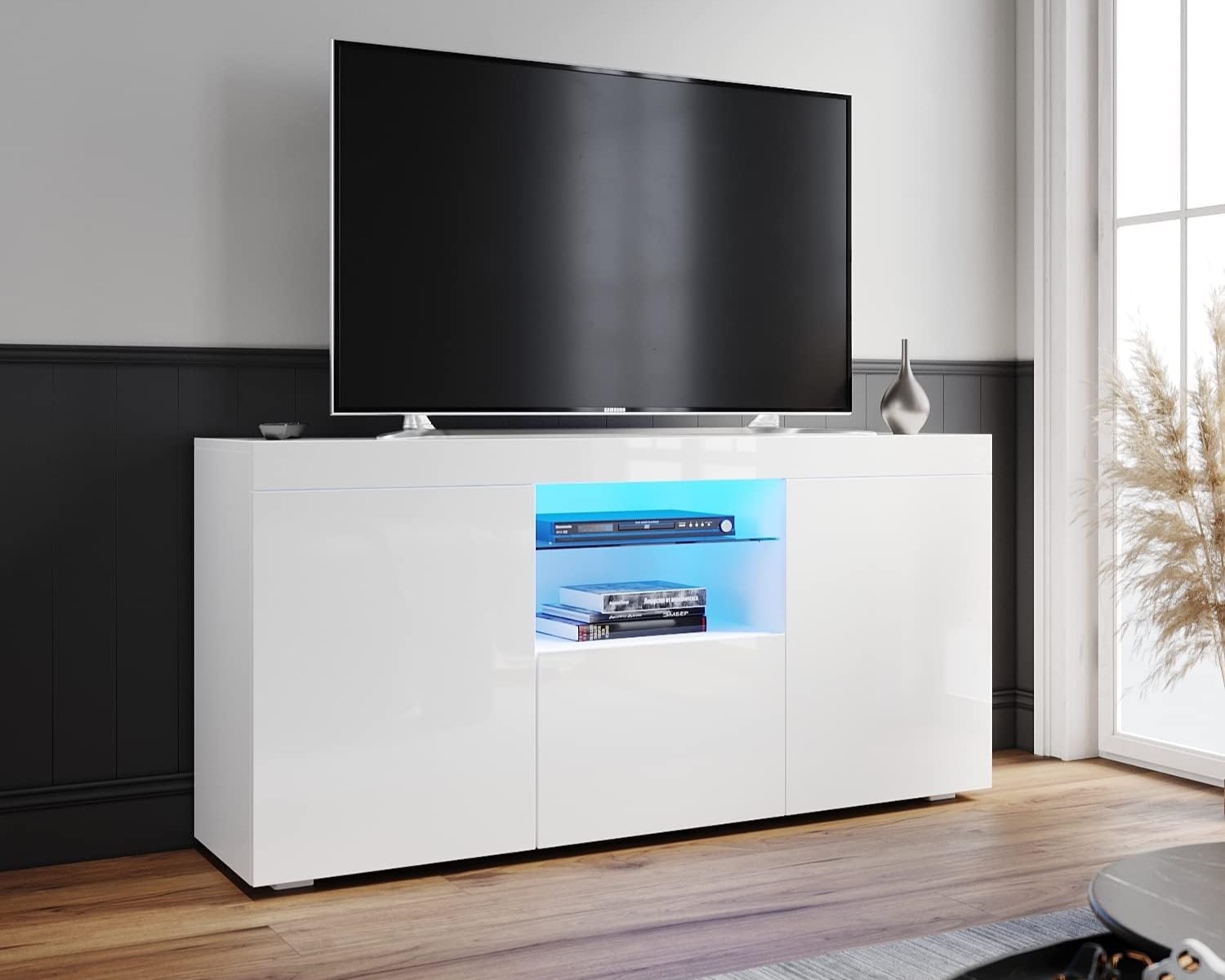

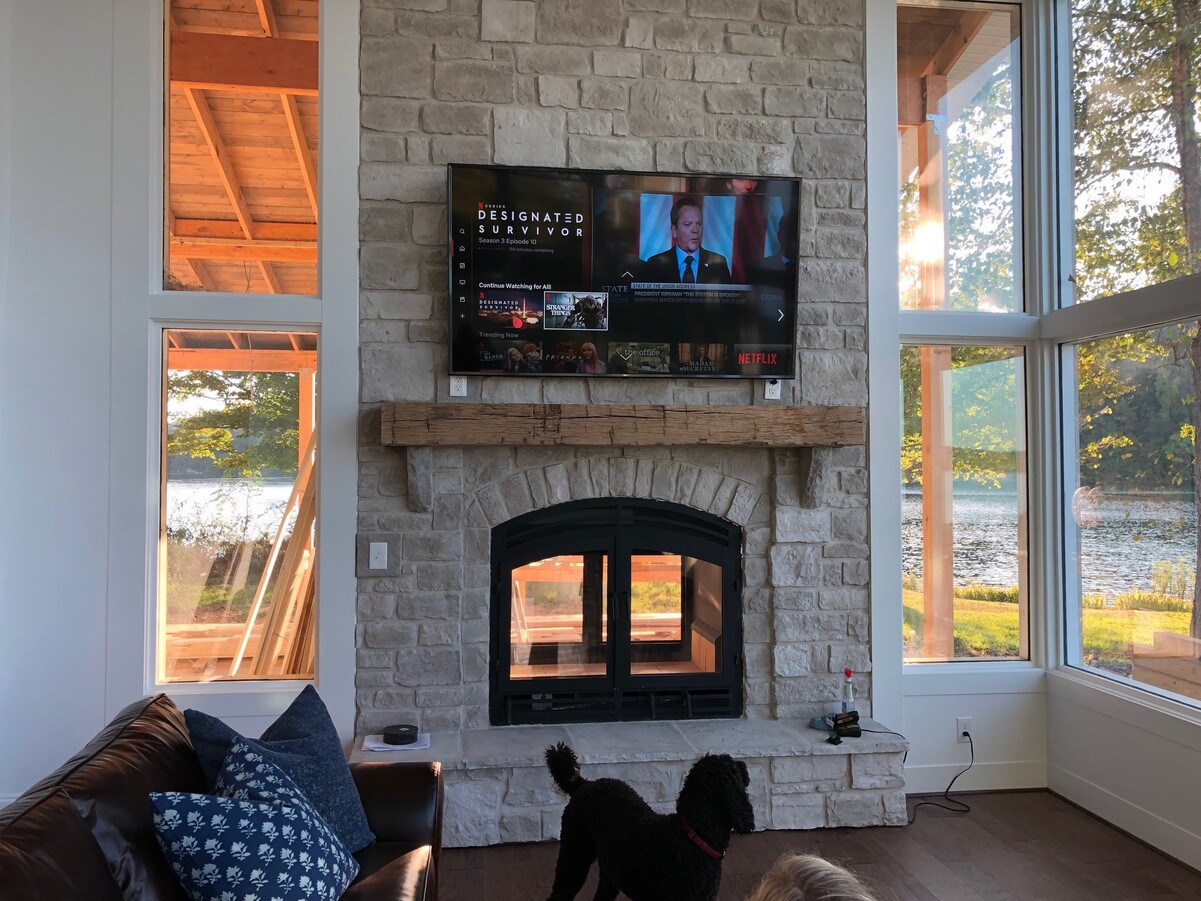
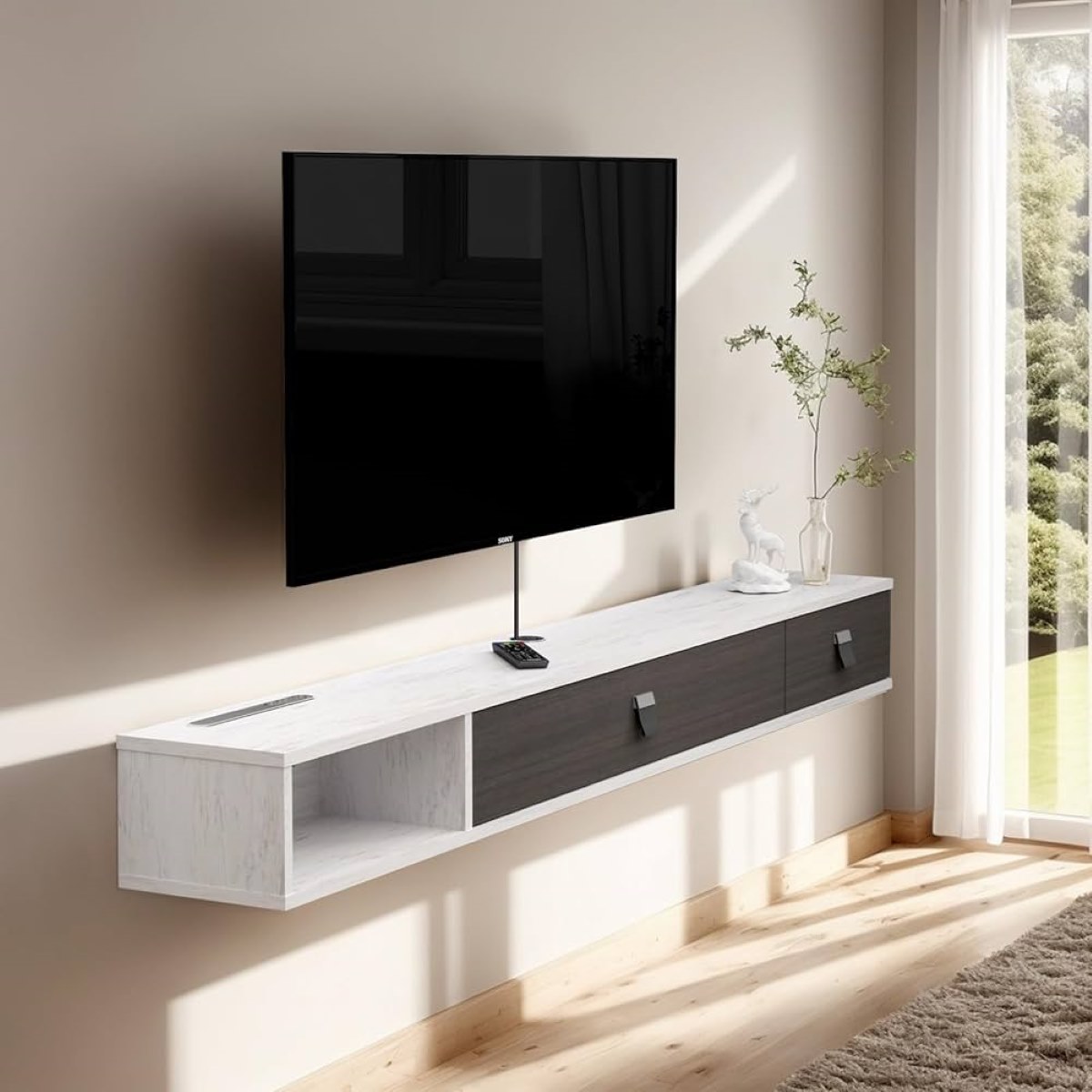
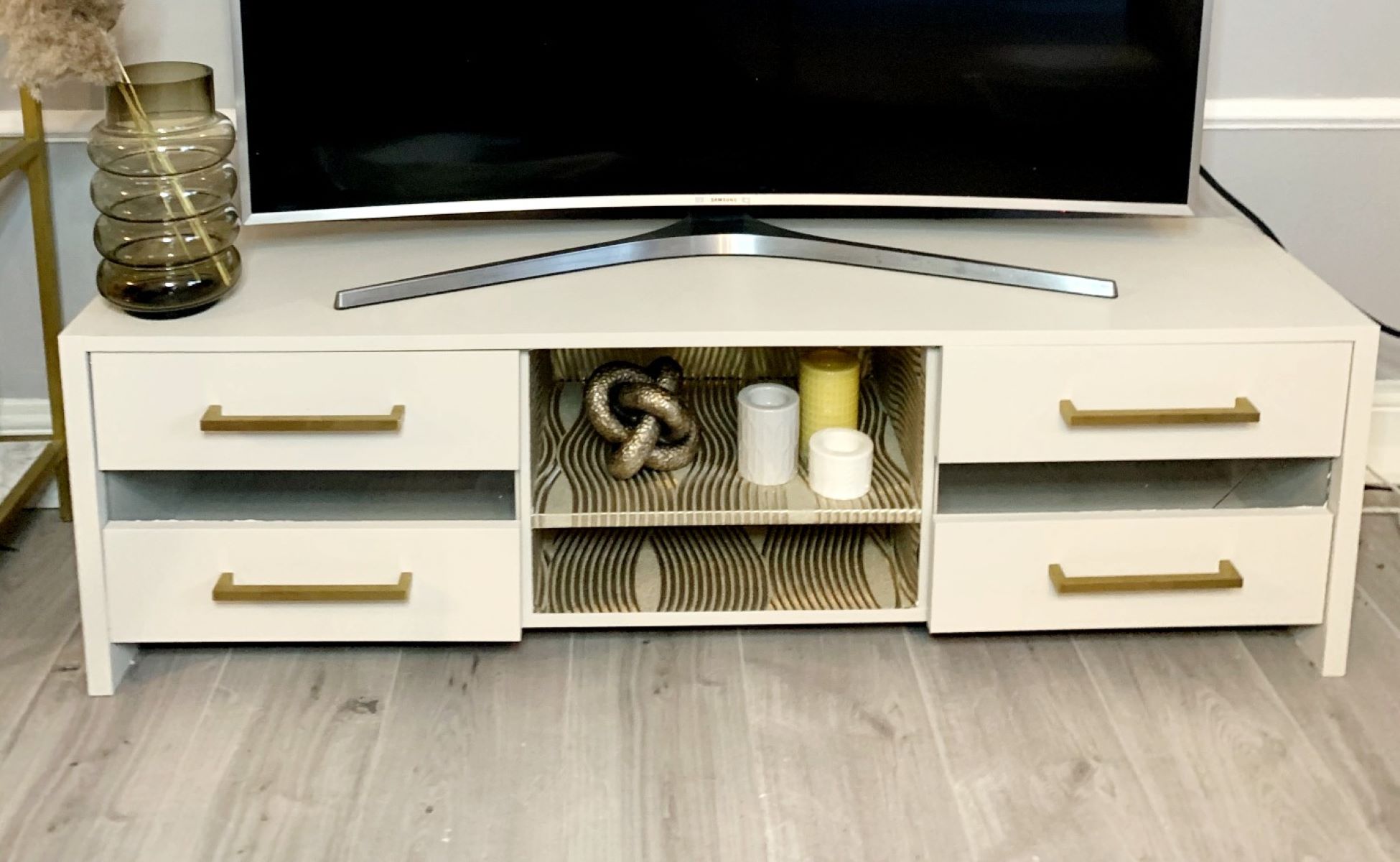
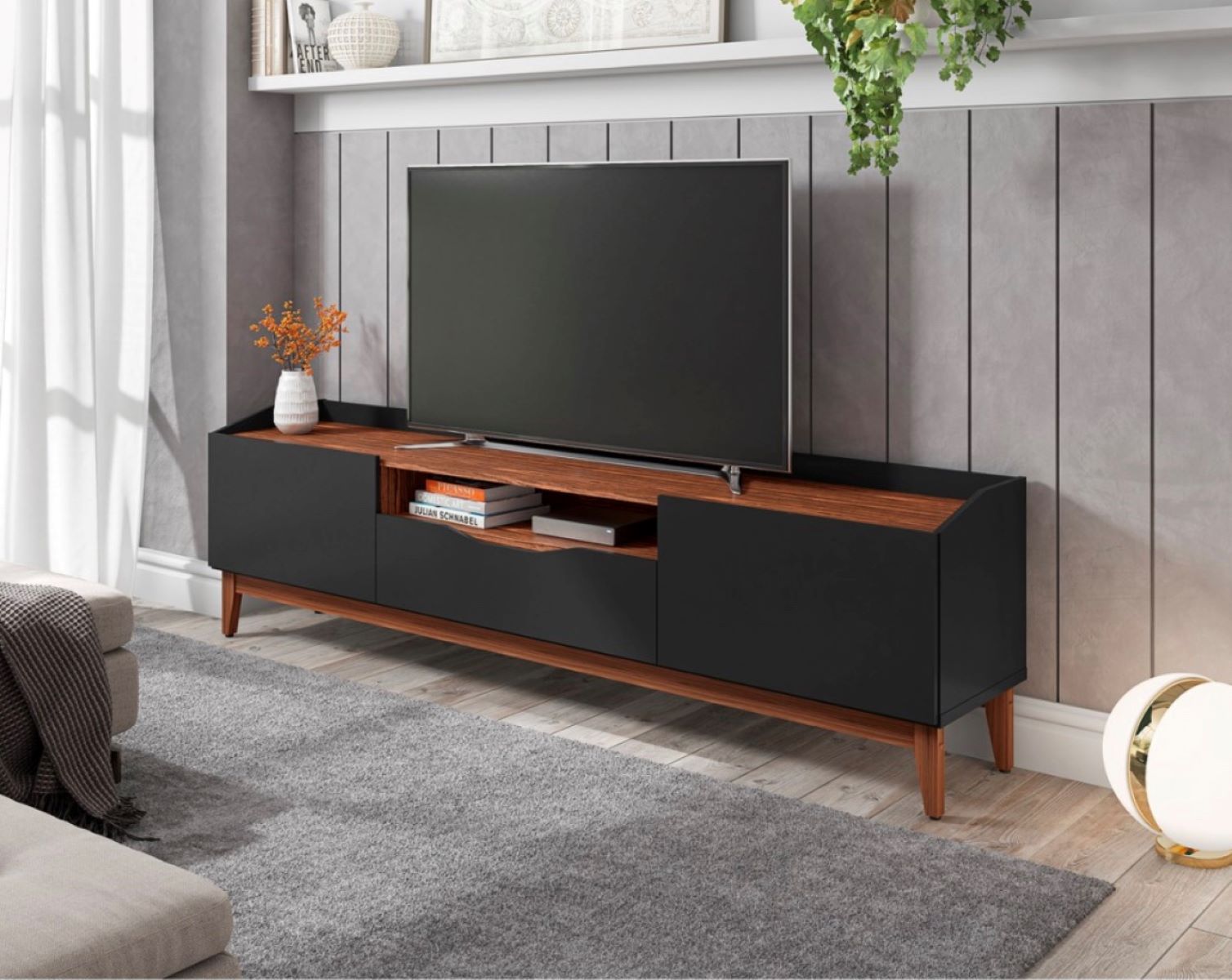
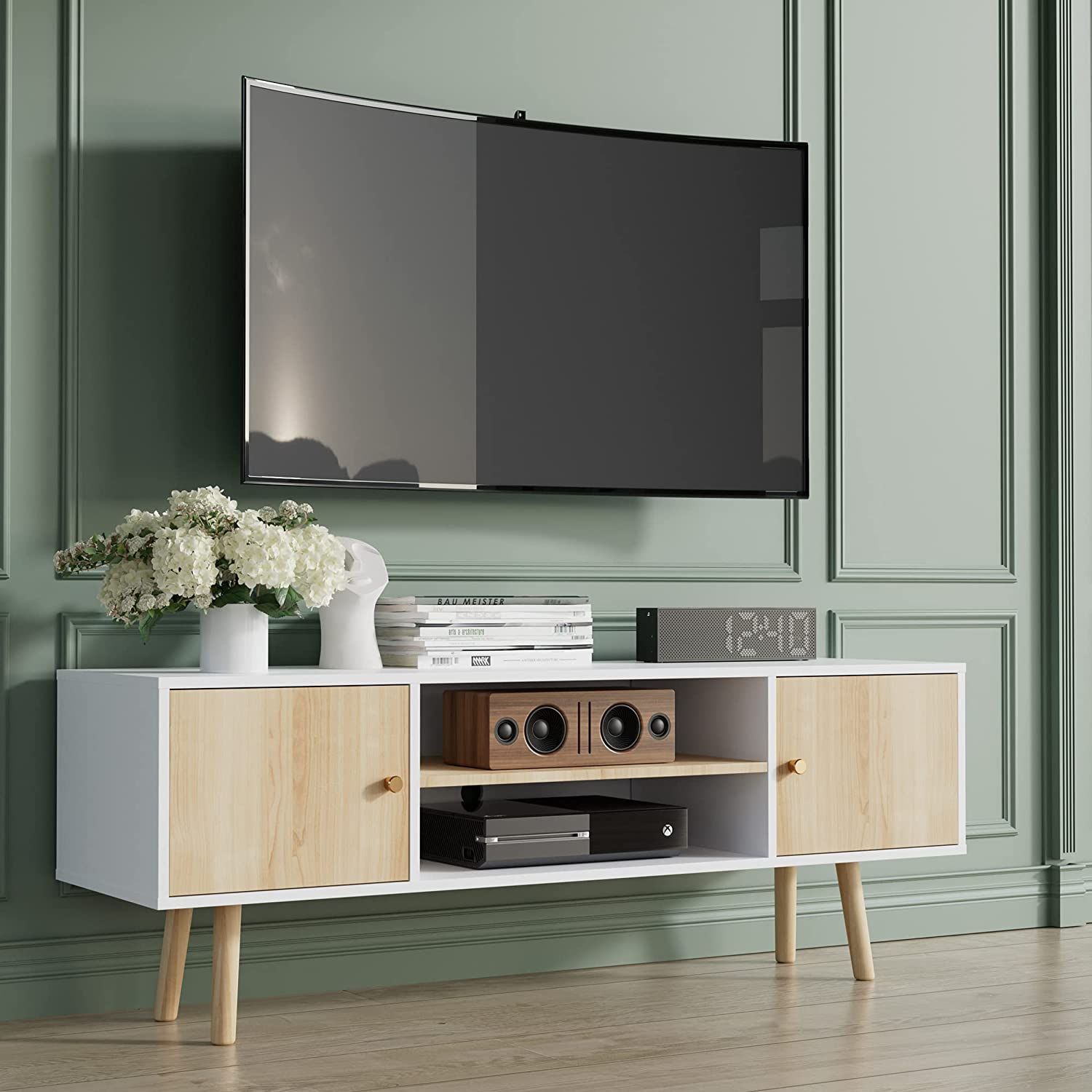
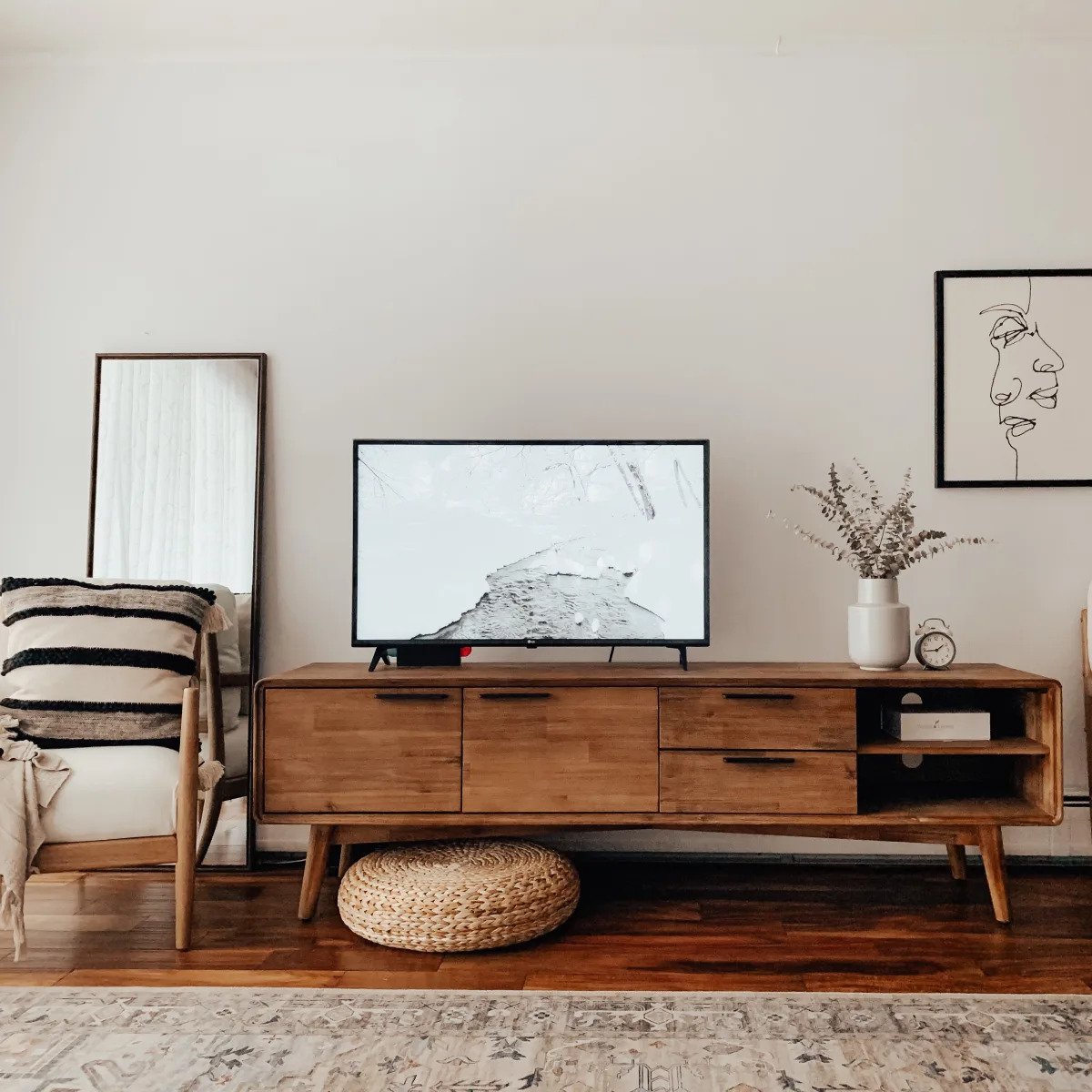
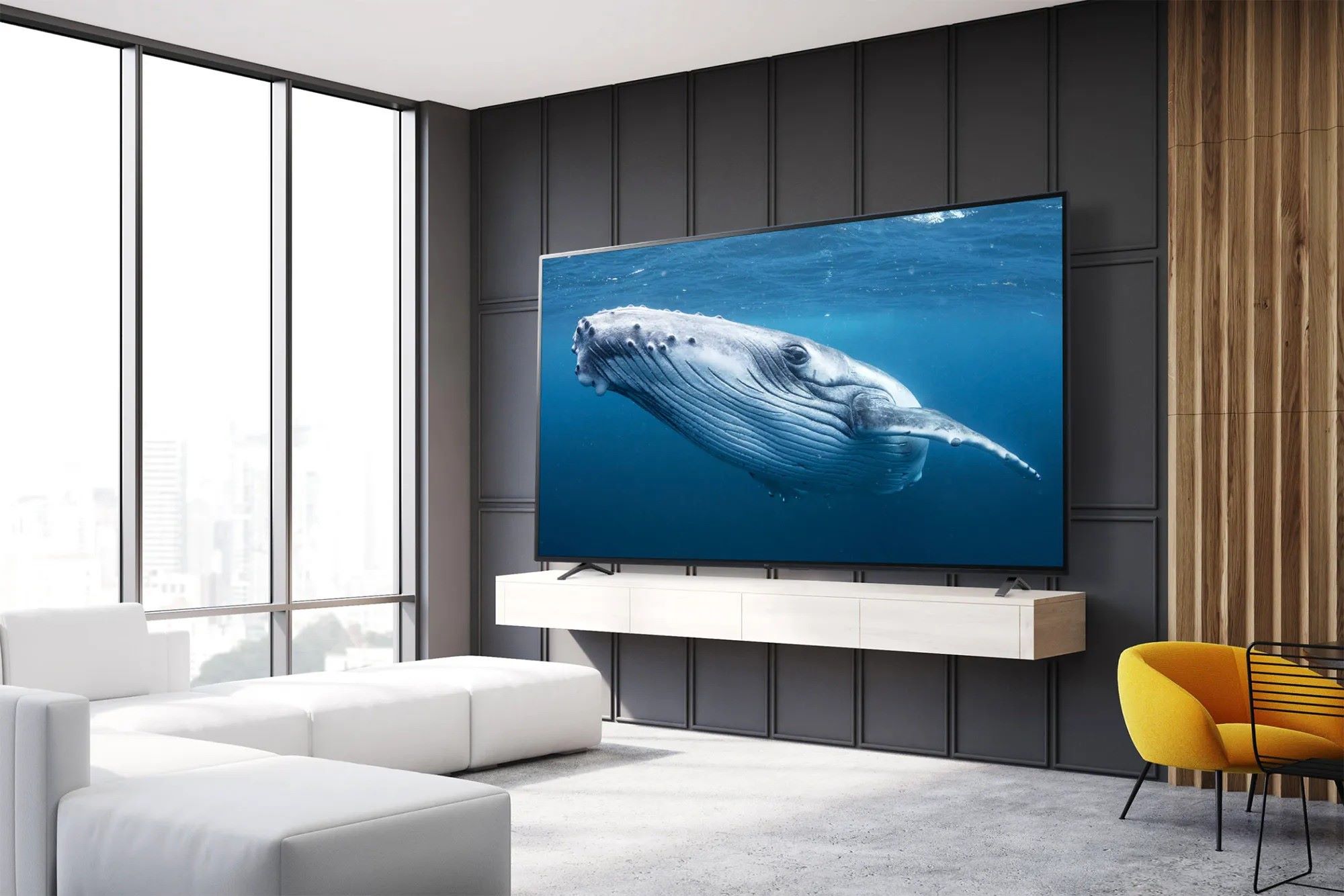
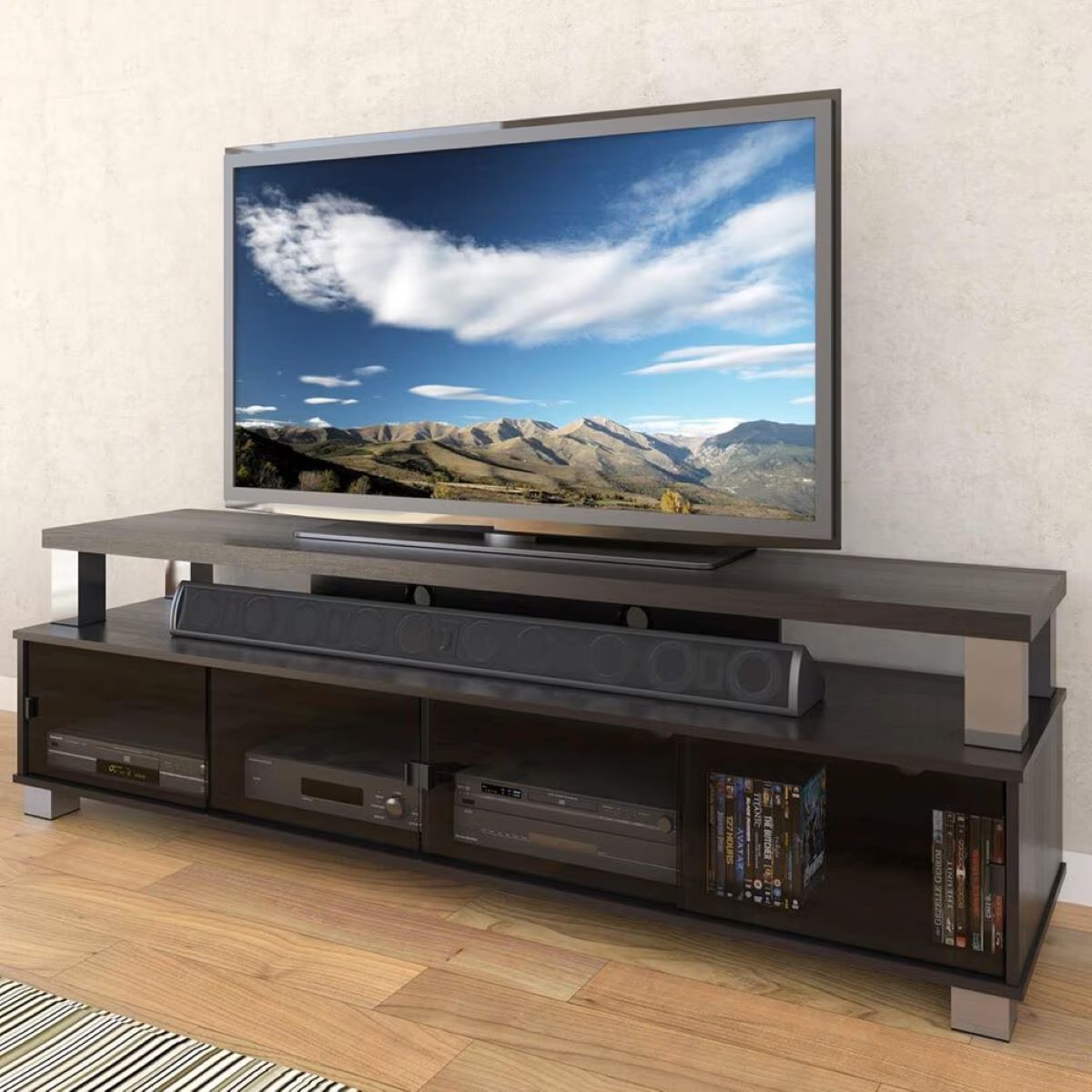
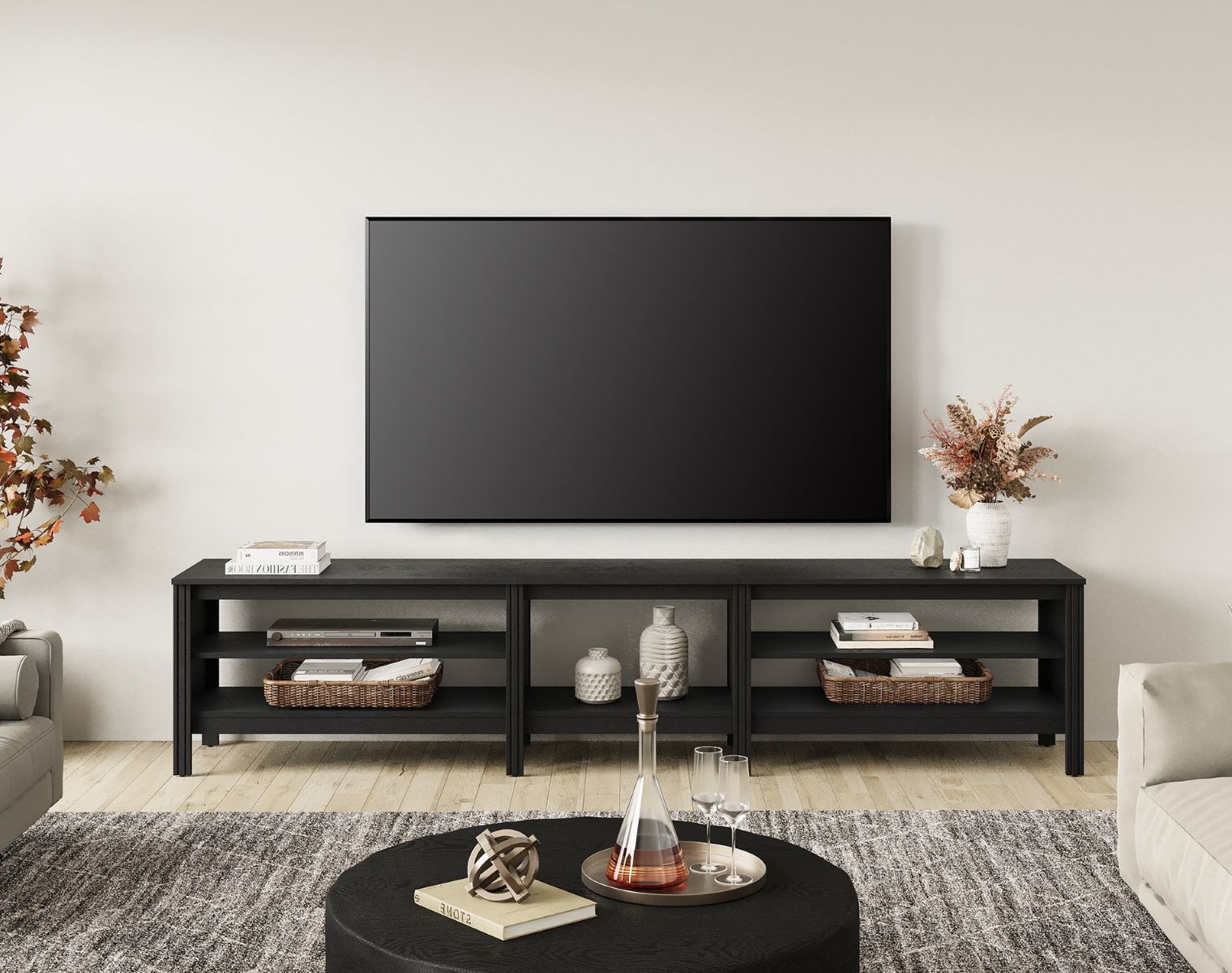
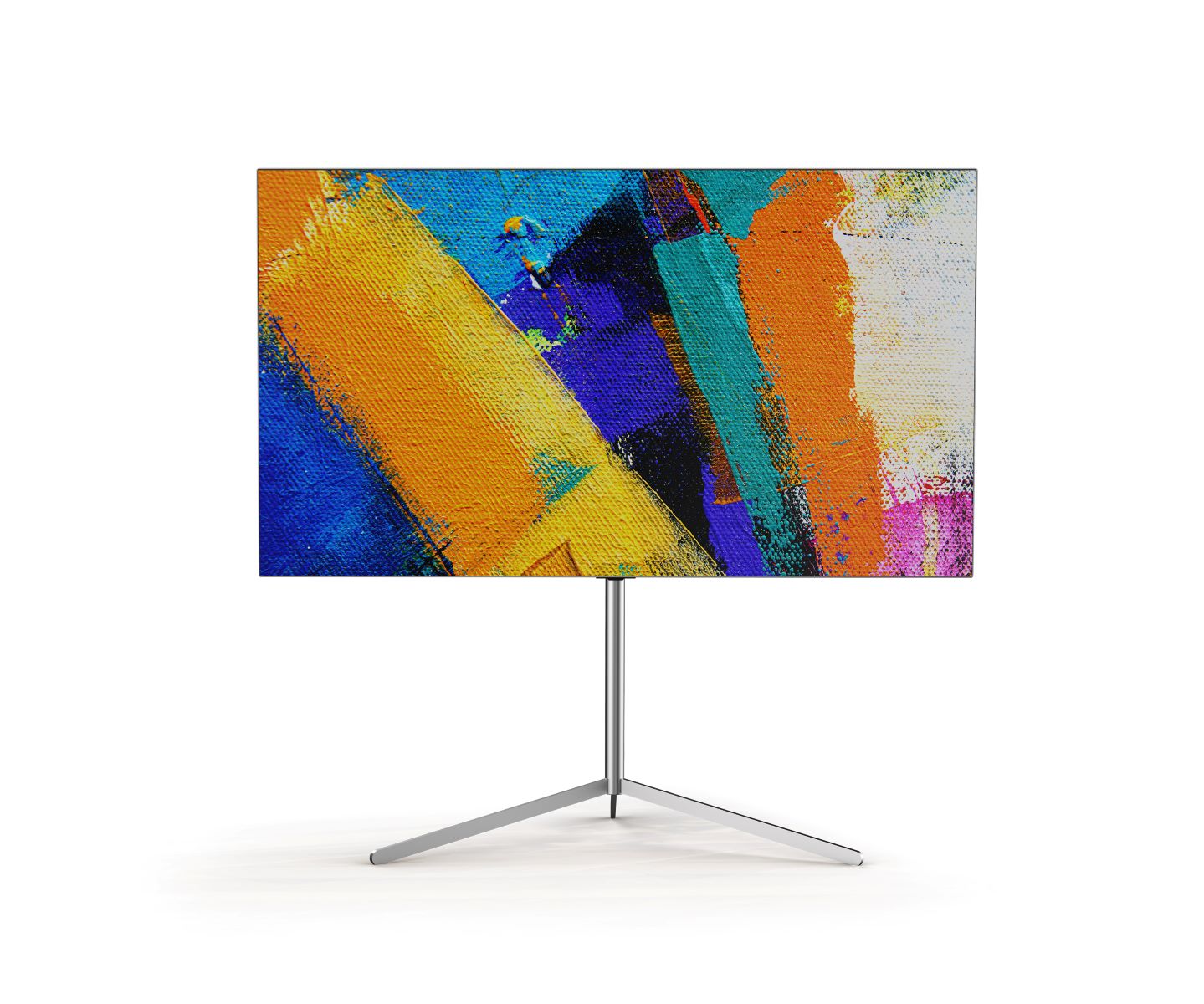
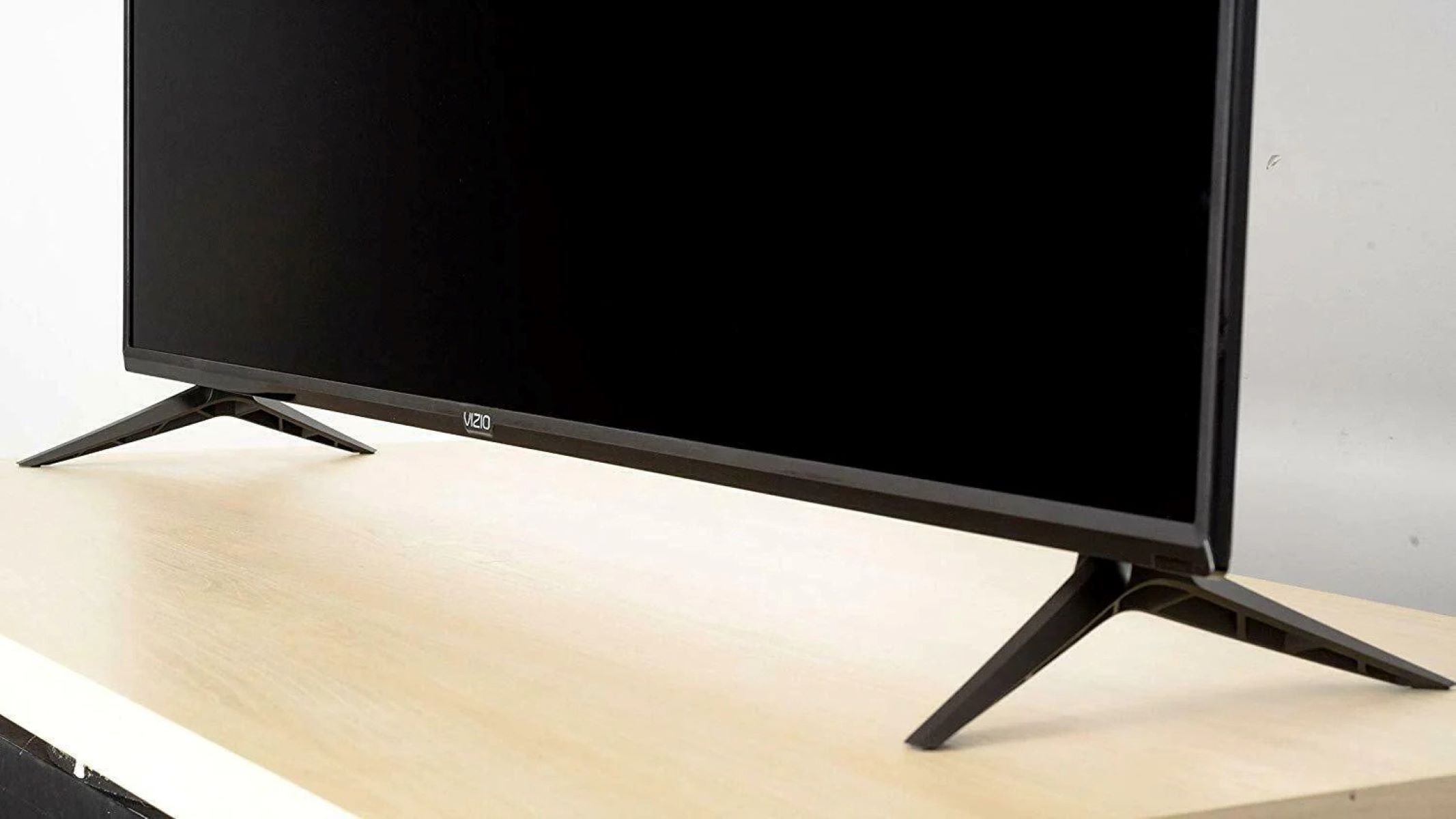
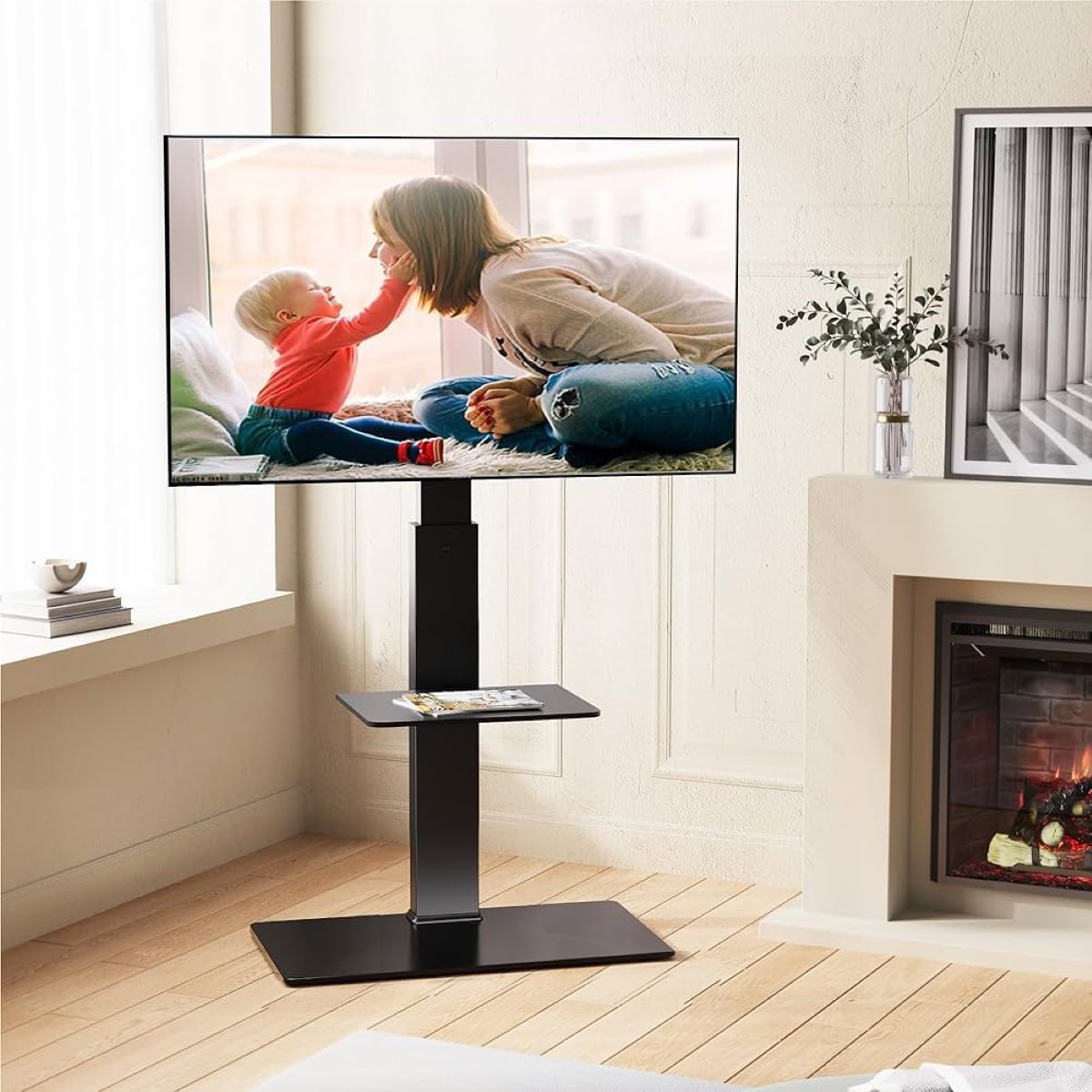

0 thoughts on “How High Should A Floating TV Stand Be”